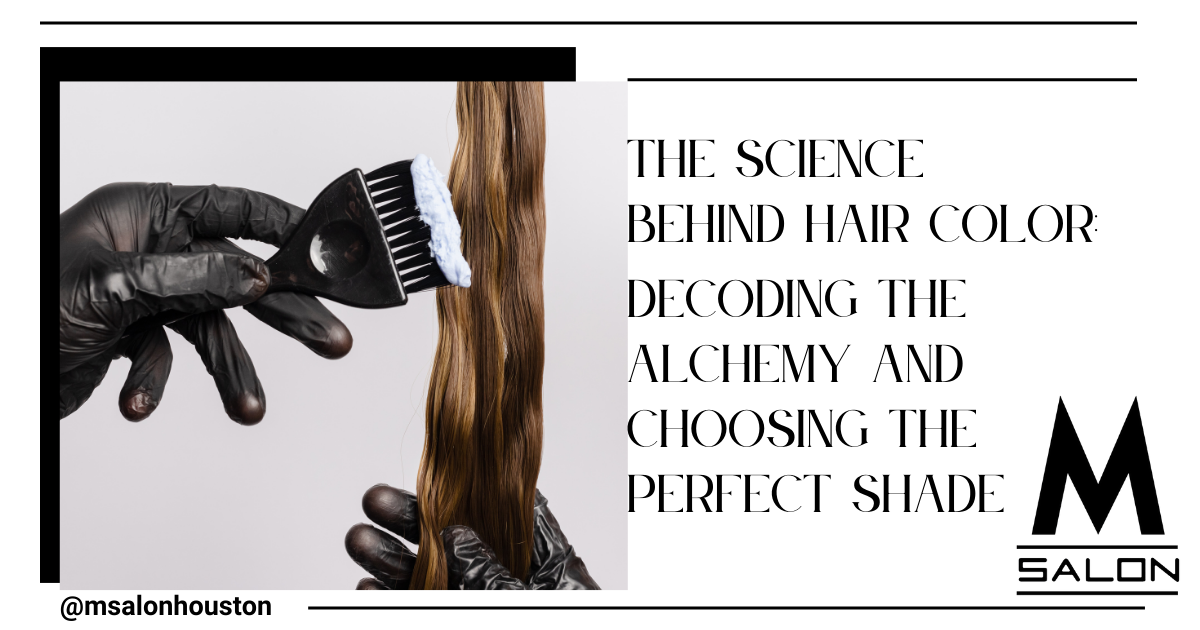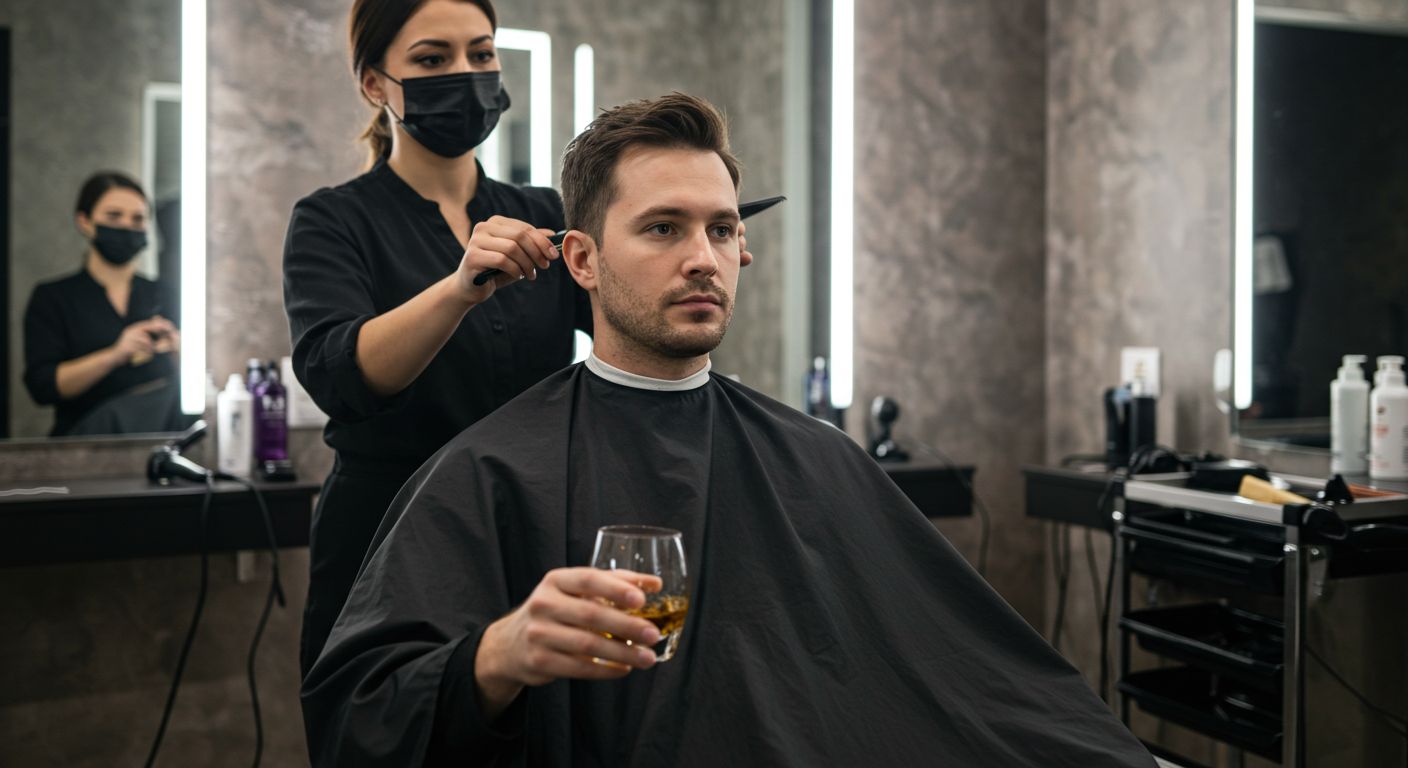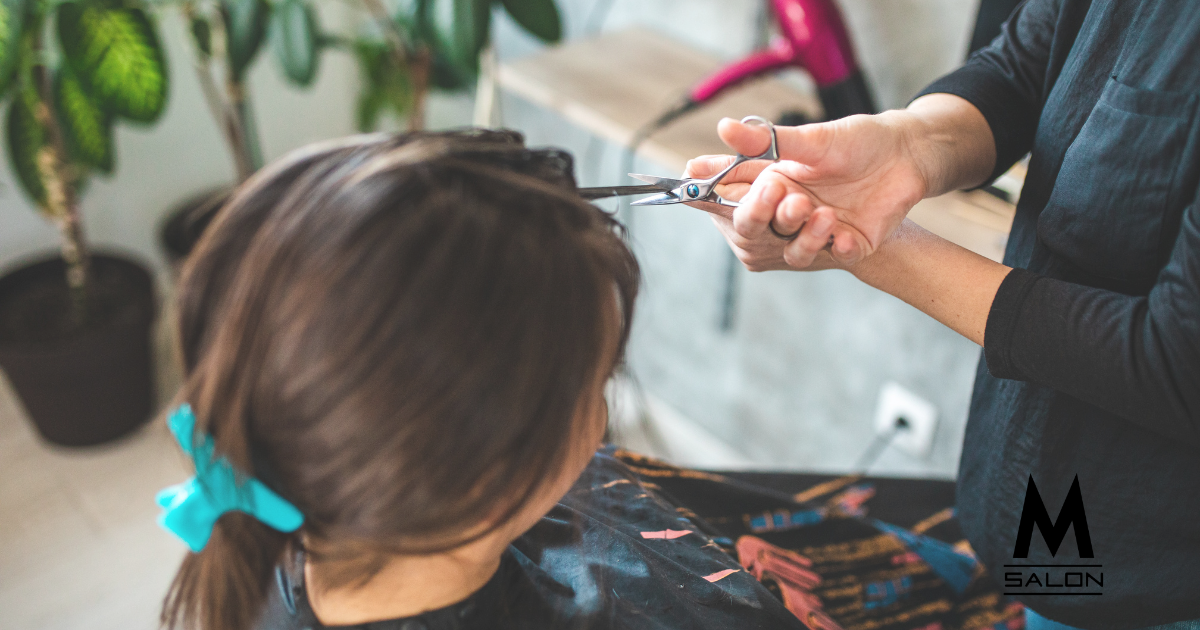The Science Behind Hair Color: Decoding the Alchemy and Choosing the Perfect Shade

In a world vibrant with colors, a person’s hair shade is a canvas that holds transformative power and creativity to express individuality and enhance beauty. The process of hair coloring hair is an intricate dance of science and creative artistry. Whether you are looking to update your look, cover gray, or simply explore the chromatic spectrum, understanding the alchemy of hair color is paramount.
This in-depth guide aims to unravel the mysteries of hair pigments, dive into the chemistry of dyes, and provide insights into choosing the perfect shade, transforming you into a true connoisseur of hair color.
Understanding Hair Color Science
Hair color is a complex interplay of pigments, proteins, and chemical reactions. The natural color of your hair is determined by melanin, a pigment produced by melanocytes within the hair follicles.
There are two types of melanin: eumelanin, responsible for black hair and darker hair colors, and pheomelanin, responsible for red hair and yellow colors also known as blonde. The combination and concentration of these pigments give your hair its unique shade.
The Hair Color Process
Hair color begins with the understanding that altering the natural shade involves a chemical reaction within the hair shaft. When you apply hair dye, you're starting a process of opening the cuticle to allow color molecules to penetrate and bond with the hair's inner structure, or cortex, where they react with the melanin.
Permanent hair dyes contain ammonia, which opens the cuticle, and developer, typically hydrogen peroxide, which removes the pre-existing color to make way for the new pigment.
This transformative process is not just about depositing color; it also alters the hair's original melanin, resulting in a new shade that can last until the hair grows out or is cut off.
The Chemistry of Hair Color: A Dyeing Art
Varieties of Hair Dye: The Palette of Choices
Permanent Color: These dyes contain oxidative agents, which become mixed with a developer to initiate the coloring process inside the hair shaft. They last until new hair grows, but may require touch-ups to address roots.
Semi-Permanent: These dyes don’t contain any ammonia and only a small amount of developer. They do not penetrate the hair's cortex, instead, they sit on the outer layer, so the color gradually fades over time or with multiple shampooing.
Temporary: Color molecules in temporary dyes are much larger than those in permanent and semi-permanent dyes, so they don’t penetrate the cuticle enough to affect the cortex. These typically last until the next shampoo.
Each category yields different results and requires a specific post-application care regimen.
Factors Affecting Hair Color Selection: Personalizing the Process
The Skin Tone, Eye Color, and Natural Hair: A Personal Palette
How do we identify which hair color is right for us? Start by considering your skin tone. Cool skin tones often fare well with ashy shades, while warm skin tones may find gold or red undertones to be more flattering. Eye color can be an additional guide – shades that complement your eye color can elevate the overall look.
Warm Vs. Cool Tones: Finding Your Balance
Understanding warm and cool tones is like delving into the artist’s palette. If you have fair skin and cool undertones, you might opt for a color on the ashier side. For those with warm undertones, golden or red shades can add warmth to the complexion. The contrast can be more muted for those with deeper skin tones, but the same principle applies.
Choosing the Perfect Shade: An Art and a Science
The Role of Color Theory and the Color Wheel
Color theory isn’t just for art class – it's a powerful tool for selecting complementary and contrasting shades. The color wheel is the key to finding the perfect shade: colors opposite one another provide maximum contrast, while those next to each other are more harmonious.
Tailoring the Color to Your Skin's Serenade
Determining which shades best complement your skin tone involves choosing the right undertones. Asking your stylists can also help figure out the perfect shade as a professional can offer insights and expertise.
For example, if you have fair skin with cool undertones, consider trying a shade that is described as 'cool' or 'ash' to avoid a 'brassy' look. For a warmer complexion, 'golden' or 'auburn' may be the right choice.
Maintaining Your Masterpiece: Long-Lasting Colors
The Ongoing Saga of Hair Color Maintenance
The quest for vibrant, long-lasting hair color does not end at the salon chair. It requires a dedicated aftercare routine: using color-safe shampoos, minimizing exposure to harsh environments, and occasionally rejuvenating the color with toning treatments.
Lifestyle and Personality
Your day to day life plays a crucial roles in picking your perfect hair color shade. The daily routines and activities you engage in. If you're looking for a bold change, vibrant fashion colors might be a perfect fit. For a more classic and timeless look, natural shades could be the way to go.
M Salon's professionals take the time to understand your preferences, ensuring your new color complements your lifestyle and personality. M salon's clientele feels great about their expertise.
Products and Treatments to Amplify Your Color
Post-dye products are designed to protect and enhance color. Color-depositing shampoos and conditioners can be used to keep tones fresh and combat fading, while deep-conditioning masks offer additional nourishment to the hair shaft.
Nurturing Hair Health Post Coloring
As continued education on hair keeps arising, healthy hair is the foundation upon which vibrant color is built. Once you've achieved your hair color, maintaining the integrity of your hair becomes paramount. Regular trims can help prevent split ends, which are more visible on colored hair.
Embrace the full spectrum of hair health efforts, from the foods you consume to the pillowcase you sleep on—silk or satin can help reduce breakage—ensuring that your colored tresses remain as lustrous as the day you left the salon.
Consider the current health of your hair when choosing a color. Some processes, especially lightning, can be more damaging. M Salon prioritizes the health of your hair and offers treatments to maintain its integrity during and after the coloring process.
Conclusion: The Intersection of Art and Science
With this deep dive into the science and art behind hair dye, the shades you choose will not only reflect your personality, they'll radiate the luminous sheen of well-crafted knowledge.
Choosing the perfect hair color involves both art and science, and at M Salon, we pride ourselves on blending these elements seamlessly.
From understanding the chemistry behind hair color to selecting a shade that complements your style and personality, our team is dedicated to making your color experience a masterpiece.
Visit M Salon in Houston, where science meets style, and let us bring your hair color dreams to life. M salon offers a service that is catered to your hair type.
Schedule a consultation with our team to discuss your vision, analyze your hair's unique characteristics, and receive expert advice on the best color options for you.






